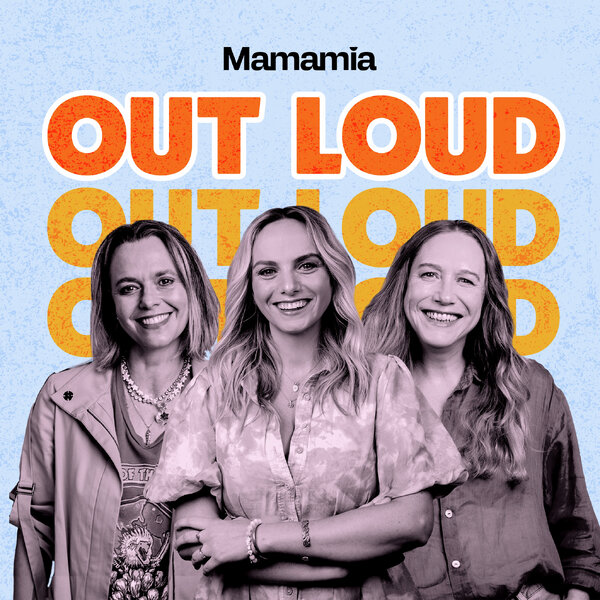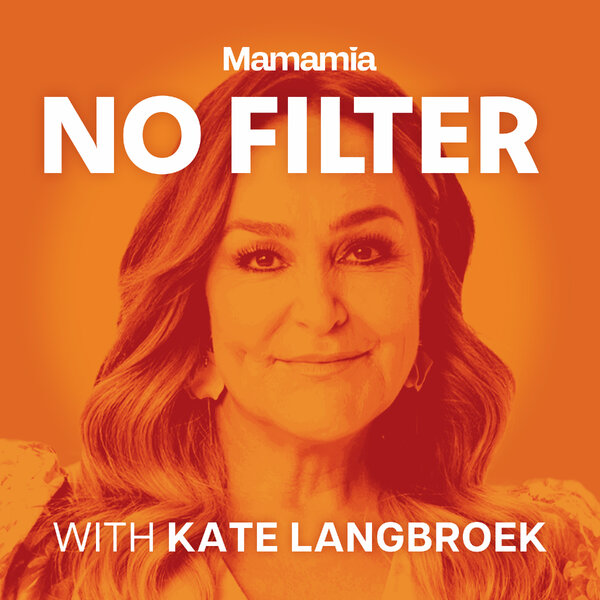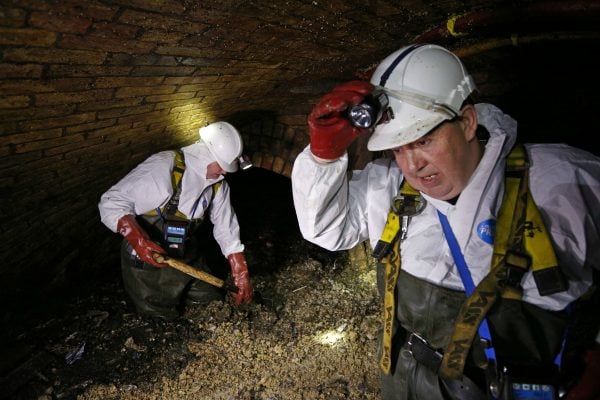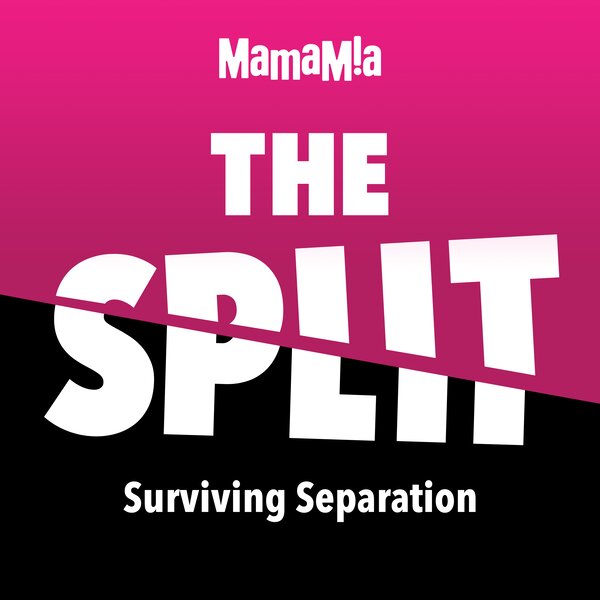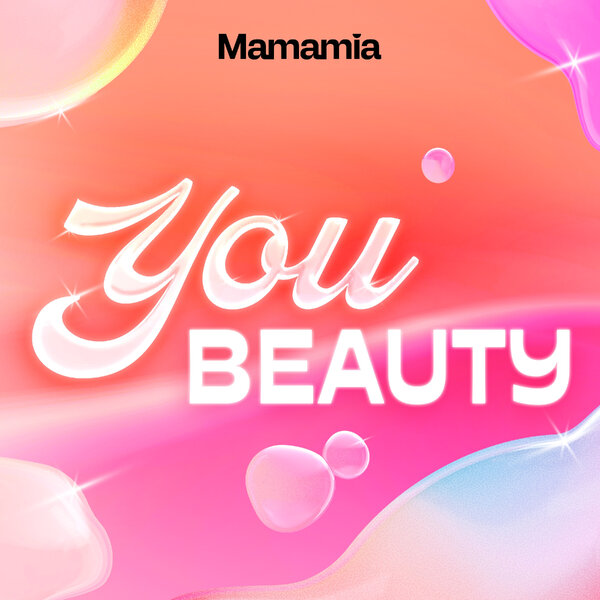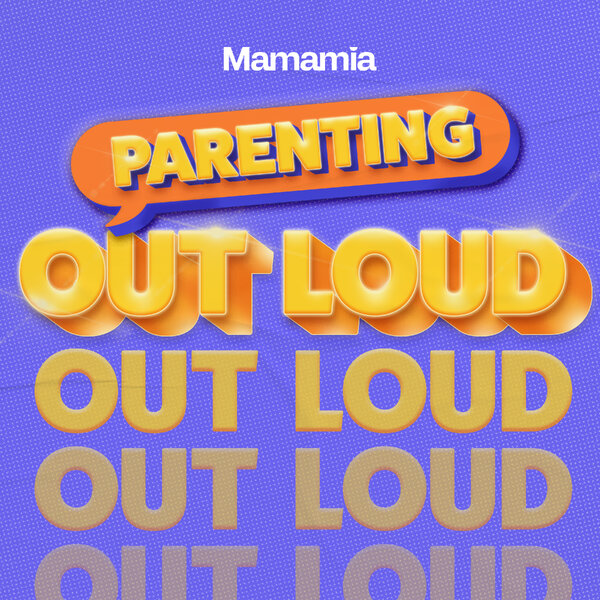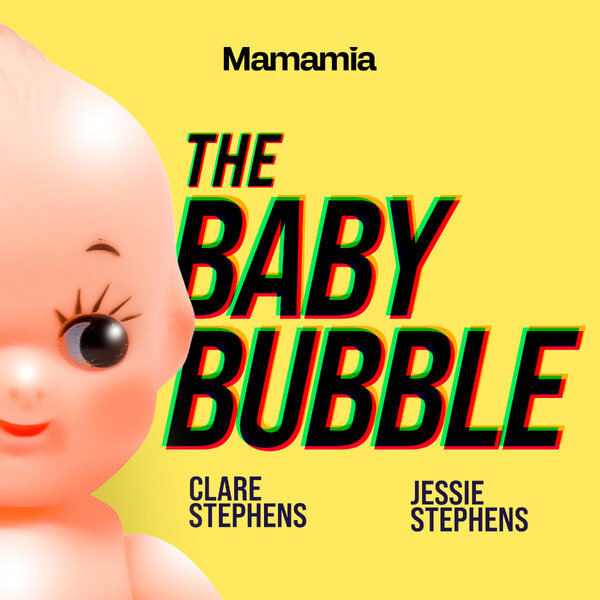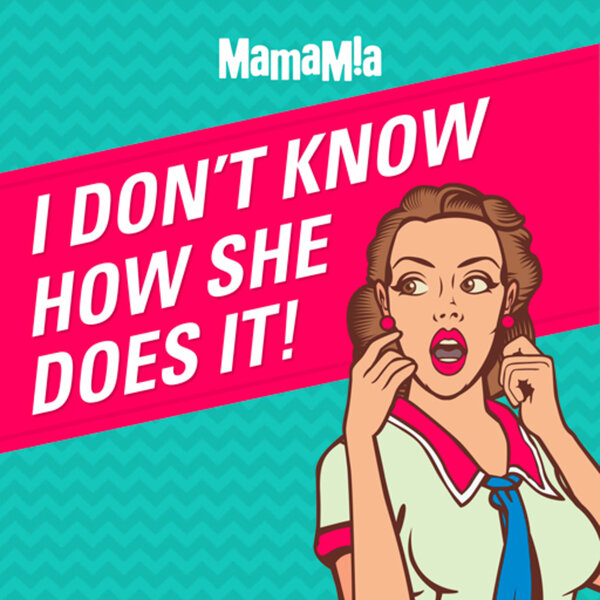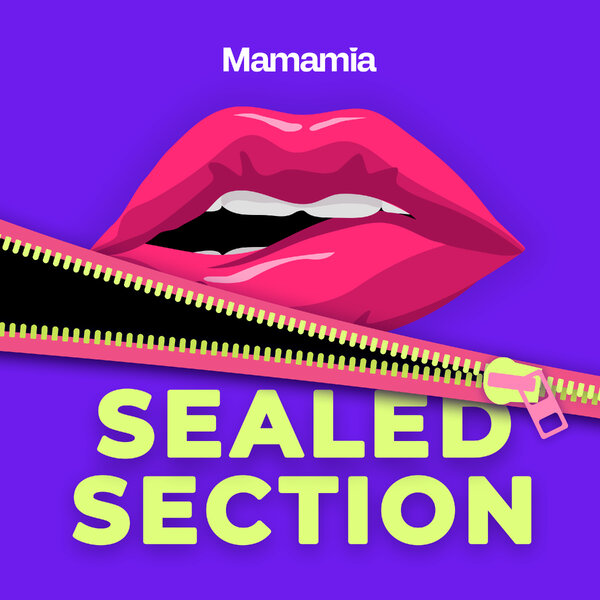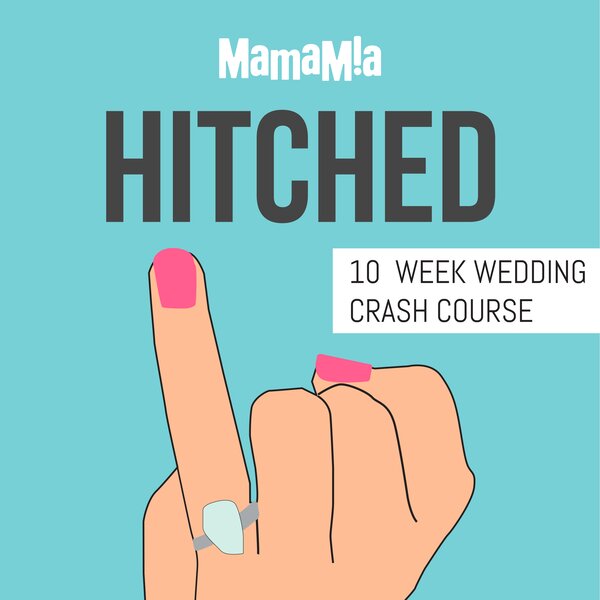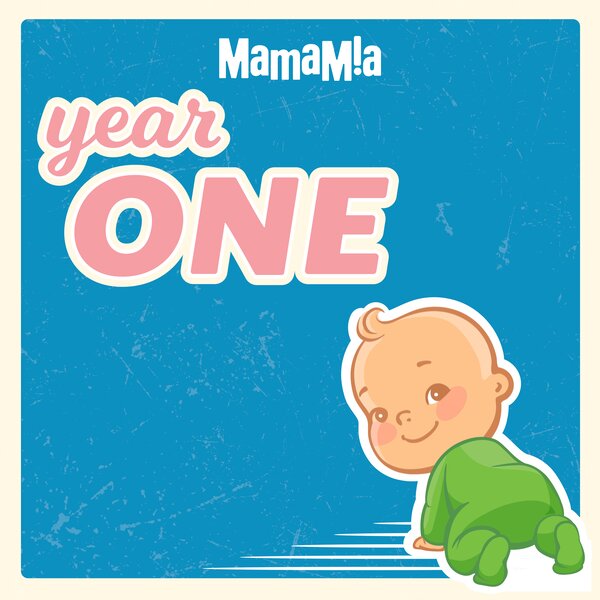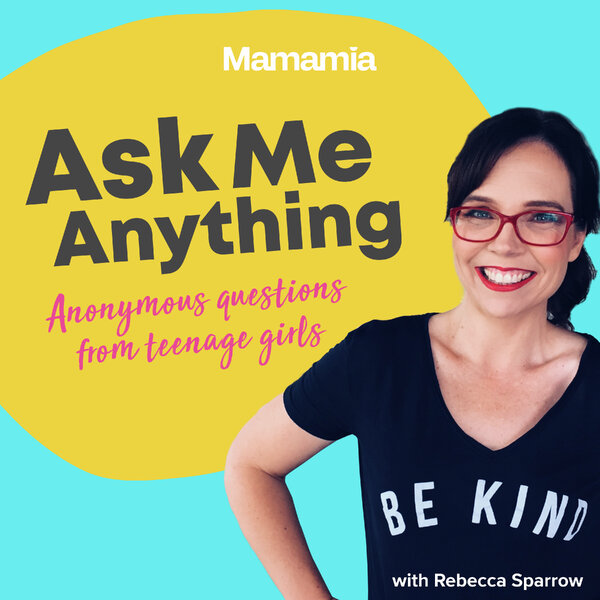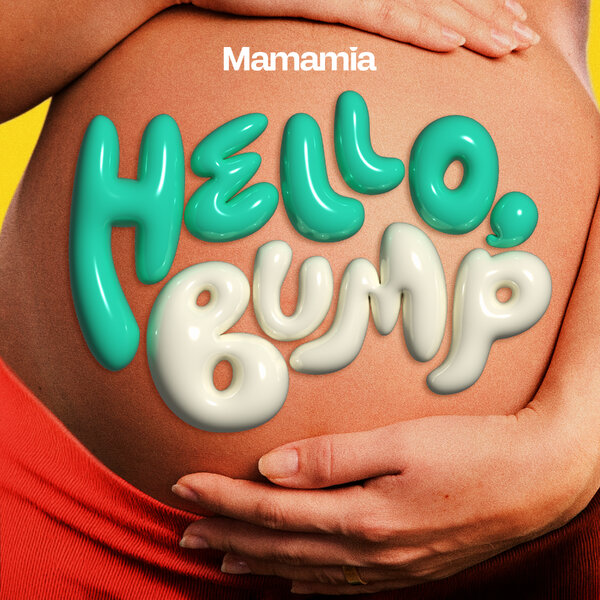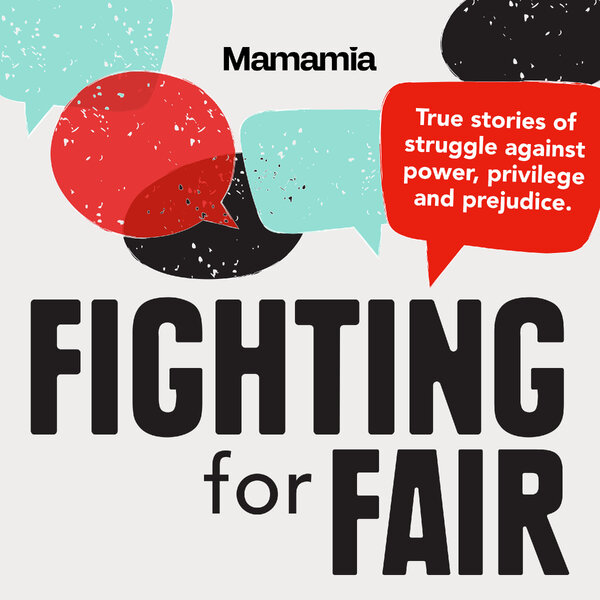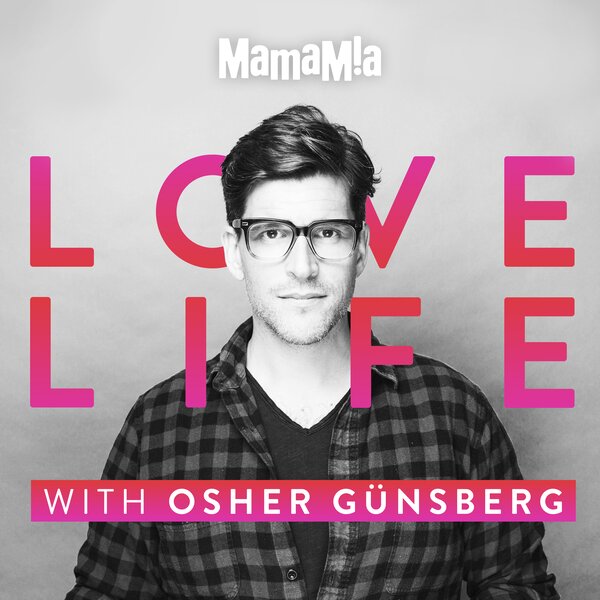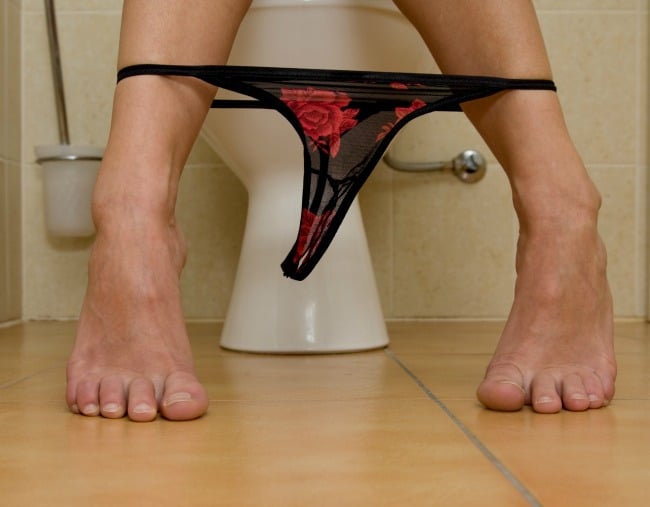
They’re big. They’re smelly. They’re disgusting. Giant, oozing monsters lurking beneath our feet. And it’s all our fault, people. We did this. We created… the fatbergs.
If you’ve not yet had the distinct displeasure of learning about this modern phenomenon, a fatberg is a congealed mass that forms in sewage systems when we flush/tip products we shouldn’t down the toilet or drain.
Speaking to Mamamia‘s daily podcast, The Quicky, Michelle Cull of Queensland Urban Utilities explained that fatbergs consist mostly of cooking oils that people have poured down the sink.
Listen to Mamamia’s daily news podcast The Quicky. Post continues after audio.
“Once [oils] get into the sewer network, they cool down and they solidify and they meet up with other nasties that people have flushed down the loo, such as wet wipes and cotton buds, tampons, even nappies,” she said. “You’d be surprised at some of the things that people flush.”
Fatbergs were first reported around 2013, and have fast become the bane of water boards around the world.
One was discovered in the sewers beneath London in 2017 that was the weight of 11 double-decker buses and the length of two football fields. Meanwhile, Queensland Urban Utilities is reporting that they’ve recently cleared roughly 360 fatbergs in and around Brisbane alone – the largest, a seven-metre monster, had to be removed via crane.
How can we prevent fatbergs?
It’s pretty simple, Cull said.
“We do encourage everyone of course to only flush the three p’s: pee, poo and paper. And of course, not to put those cooking oils down the sink,” she said.
Your actions have an impact on the #environment.
A 64 metre #fatberg has been found by @SouthWestWater before it reached the nearby #Sidmouth beach #Devon.
Please don’t pour fats, oil or grease down the sink, or use the loo as a bin. #Binit4Beacheshttps://t.co/T2wapJN1Gd pic.twitter.com/MypnpWB3Qw
— Environment Agency (@EnvAgency) January 8, 2019

